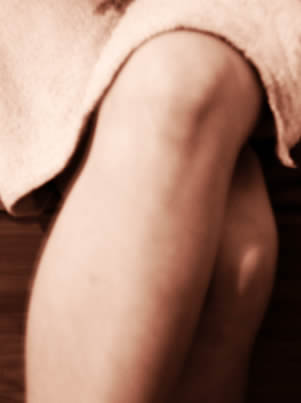It is important for a CNA to learn how to provide passive range of motion exercises to hip, knee, and ankle as it is a very common care which is provided for non-ambulatory patients. This exercise is important in that it helps to maintain a proper blood circulation in this area and in order to exercise the muscles as well. This skill should be done with utmost care and attention in order to prevent damaging or injuring the patient. It will also help if the CNA would be mindful about indirect skills while providing this care to the patient.
The first step is to knock on the patient’s door and to call out their name. This will help the patient to learn about your presence and will prevent any apprehension or surprise when they see you in the room. Greet them and then introduce yourself properly and explain to them why you are there. Inform them about the purpose of the exercise and tell them about the step-by-step process with which it shall be accomplished. This will help the patient to become more relaxed during the process and to make them cooperative as well. Make sure that you provide the patient with sufficient privacy and that you ask for their preferences during the whole procedure.
 m,The next step is to wash your hands and wear personal protective equipment. This will help to prevent the spread of infection or disease to your patient. Then, with the patient in a lying position, raise the patient’s knee toward their torso and then back to the mattress. This will provide a flexion and extension exercise to the patient’s hips and knees will help maintain flexibility and blood circulation.
m,The next step is to wash your hands and wear personal protective equipment. This will help to prevent the spread of infection or disease to your patient. Then, with the patient in a lying position, raise the patient’s knee toward their torso and then back to the mattress. This will provide a flexion and extension exercise to the patient’s hips and knees will help maintain flexibility and blood circulation.
Ask the patient if they are experiencing any pain or discomfort and ask them how they wish this process to be done. Do this exercise in a slow and smooth motion in order to prevent any damage or injury to the patient.
Next, raise the resident’s foot upwards towards the head and then replace them towards the mattress in a slow and non-forceful manner. Do not force the foot of the patient to a much higher height than they can endure as it may cause some injuries. Provide sufficient covering on the mattress to prevent their feet from having too much friction with the mattress. Ask the patient if they are feeling any pain or discomfort during the process.
After the procedure, return the patient to a comfortable position and raise the side rails to keep them from falling. Give them their call lights and ask them if they are in need of anything. Remove your personal protective equipment and wash your hands thoroughly and put the non-reusable items in their proper container.
When doing this procedure, make sure that you support the patient’s extremities well in order to prevent further injury. You should also provide them with sufficient privacy and promote resident’s rights especially as to their own preferences to make the procedure more comfortable. Visit this page to read more about providing ROM exercises for the shoulder.